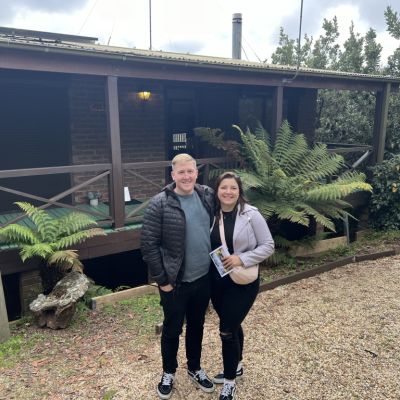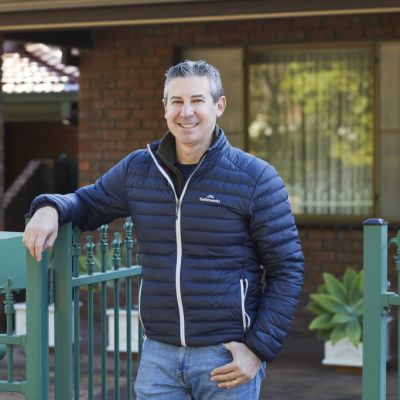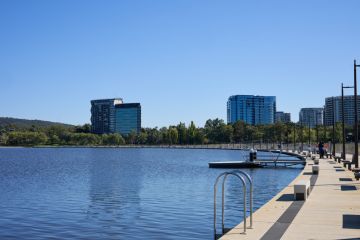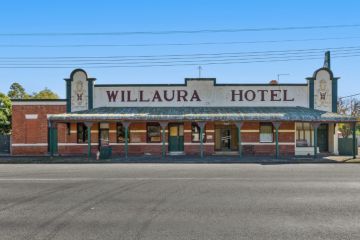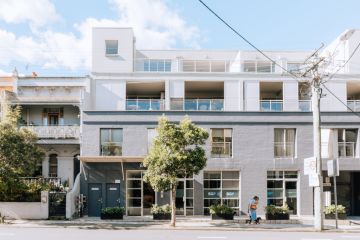The most popular inner Sydney suburbs for home buyers on a budget
Apartment prices are rising faster than house prices in a string of inner Sydney suburbs as budget-conscious home buyers chase more affordable options.
Forest Lodge had the widest gap, as unit price growth outstripped house price growth by 9.5 percentage points over the three months to July, CoreLogic figures show.
Unit values there rose 2.8 per cent to a median $1,276,000, while house values fell 6.7 per cent to a median $2,284,000.
Unit growth also outpaced house growth by between 7 and 9 per cent in inner suburbs Rosebery, Glebe, Camperdown and Redfern, where units increased in price while houses fell over the past quarter.
CoreLogic’s research director Tim Lawless said house prices generally rise faster than units, but affordability pressures are creating demand at lower price points.
Buyers are chasing affordable options but wanting the same lifestyle that house owners have access to, he said.

“[Buyers like] their proximity to transport and the level of amenity in these areas. So markets like Sydney’s inner south… These areas are really well-connected,” Lawless said.
Lawless said investors tend to be skewed towards buying apartments due to their high rental demand in popular areas. “You’ll generally find medium- to high-density development along transport spines and close to major working roads. So I think that helps to explain why investors are more active in the unit sector,” he said.
In July, McGrath’s Theo Kotsias sold a Forest Lodge three-bedroom unit at 3/6 Maxwell Road for $2.8 million. The vendor made $500,000 in two and a half years – it last sold for $2.3 million in January 2022.
“She’s very happy. I sold it to her off-market. I sold it for her off-market,” he said.
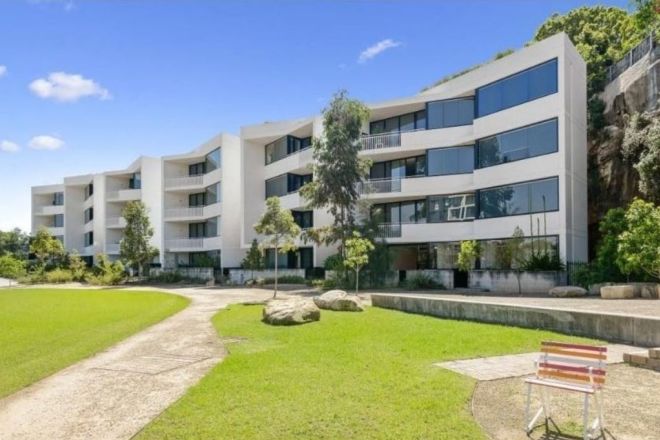
“A lot of the apartments that are selling are more modern apartments that were bought, perhaps off the plan and are selling for more now,” he said.
The property was originally sold off the plan in 2015 for $1,868,000, making a million-dollar increase in less than ten years.
Kotsias added there had been a downsizer demand for ease of living near the tram, light rail and nearby villages of Annandale and Glebe.
In Dulwich Hill, the median price of a unit is $909,000, rising 5.4 percentage points faster than houses over the quarter. LJ Hooker agent Yianni Karakikes attributed the gap to affordability and the higher cash rate, which has increased mortgage repayments and cut borrowing capacity.
“People aren’t getting the money they were getting from the banks when the rates were 2 per cent,” he said.
Karakikes sold a unit in a block last year for $640,000, then one year later, another unit with the same layout in the same building sold for $750,000. He said the lower end of the market was increasing significantly because potential buyers faced challenges to get larger loans approved.
“It is down to what people can get from the banks. It’s now very tough to get the bigger loans. So that’s why I think that units are outperforming houses because people can’t get money from the banks,” he said.
Ray White’s Nerida Conisbee said a brand-new apartment block can increase the median price, and meanwhile, there is a larger pool of buyers at the unit price point.

“At the moment, we’ve been seeing fairly reasonable levels of investment activity, and we’re seeing fairly decent levels of first-time home buyer activity, but we know first-time home buyers and investors can’t afford or don’t generally buy things for $3 million for example, but they may spend $1.3 million,” she said referring to Abbotsford, eighth on the list, where house prices dropped, but unit prices remained stable.
Lawless predicts a phase where unit markets will perform in closer alignment with house values.
“Ultimately, longer-term, you probably will find that the underlying scarcity value of houses, particularly houses that are located within the close proximity of the CBD or the coastline or areas that are popular, will maintain the value quite well, just simply because they’re not building any more land,” he said.
“But for those people looking at unit markets that are quite strategically located, say, within 10 kilometres of the city … then absolutely, I think they will see a very competitive rate of growth.”
We recommend
We thought you might like
States
Capital Cities
Capital Cities - Rentals
Popular Areas
Allhomes
More
- © 2025, CoStar Group Inc.
